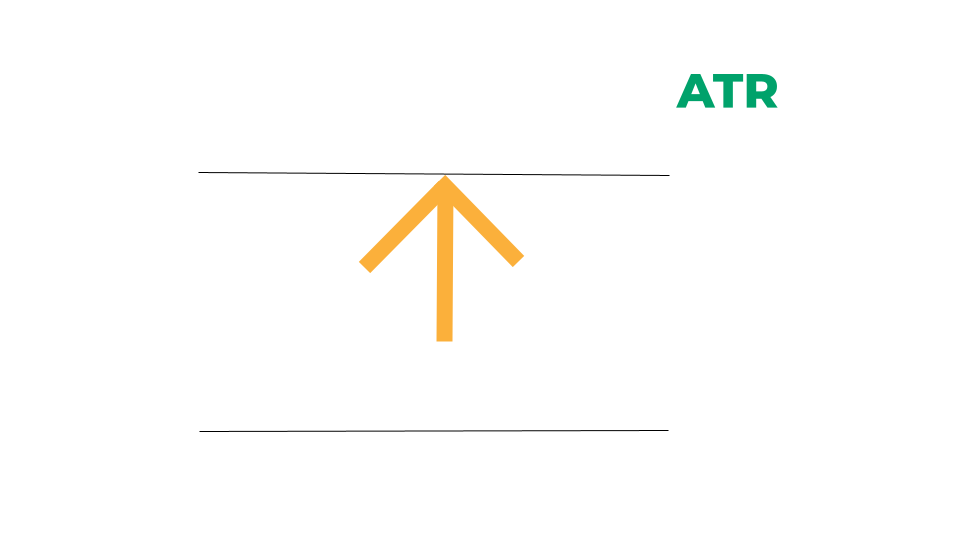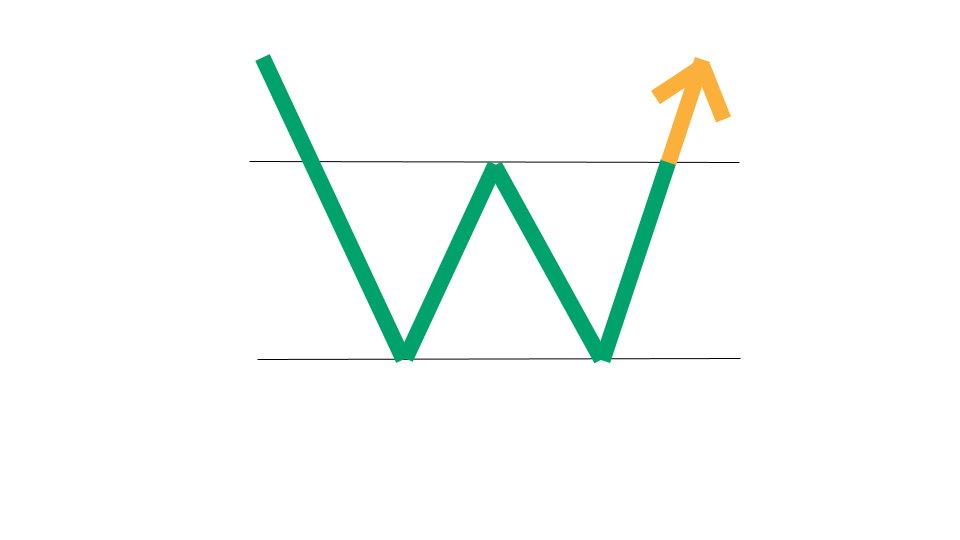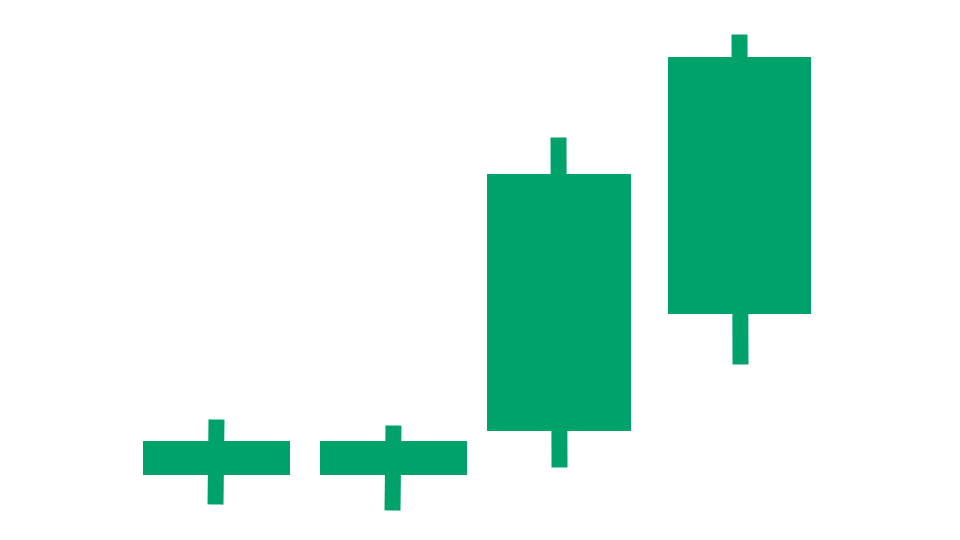Most Volatile Stocks Today
Stock Market Guides is not a financial advisor. Our content is strictly educational and should not be considered financial advice.
These are stocks with very high volatility, as measured by their how their recent ATR values compare to their historical averages. You can sort columns or add filters in order to fine-tune the results of our stock scanner below.
As of April 17, 2025 at 3:11am Eastern Time
*Wins, Losses, Win Percentage, and Annualized Return are referring to how the stock performed in backtests for the Trade Setup indicated.
How to Use Our Scanner for Most Volatile Stocks
The above list represents stocks that are having a lot of price volatility.
It's powered by our proprietary stock scanner, which searches once per day for stocks that have volatility.
You can sort columns using the up and down arrows next to the column name. You can add filters for the column values by clicking the "Add Filter" button above the list of most volatile stocks. This scanner is designed for active stock traders.
This video shows how to use our scanner:
Scanner Features that Require a Subscription
Our free scanner offers you the ability to find stocks that have high volatility, but you may need more than that to ensure you're making trades that have a true edge.
Our paid scanner service is designed to offer you all the intelligence our research can offer. These are the scanner features you get if you pay for a subscription:
- See the historical backtested performance for each scan result. It looks like this:
- See full trade setups for each scan result, including when to enter and exit. It looks like this:
- Get alerted when there are new scan results (by text or email).
- Get access to real-time scan updates throughout the trading day.
- Access scan results for all trading strategies in a single scan to easily see which trade setups have the best backtested performance across the entire market at any given time.
- Get access to scan results for our proprietary trading strategies, which required years of research to develop.
- Find Stock Trade Setups That Have a Backtested Edge
- Based on Technicals Like Chart Patterns and Indicators
Here's a video that explains the difference between our free high volatility scanner and our paid scanner service:
Stock Market Guides

Stock Market Guides identifies stock and option trading opportunities that have a historical track record of profitability in backtests.
Average Annualized Return
43.1%
What Exactly Is a Volatile Stock?
The term "volatile stock" refers to a stock that exhibits significant price fluctuations over a given period. In other words, the price of a volatile stock can go up and down a lot.
Volatility in a stock's price can be measured in different ways using different indicators.
One way is to look at its recent price fluctuations and compare them to its average historical fluctuations. If the more recent price fluctuations are higher than average, then the stock might be considered volatile.
Another way is to look at its average price fluctuations as a percentage of its stock price. If the average range of its price fluctuations is a high percentage of its stock price, then it can be said to be a volatile stock.
One useful indicator for measuring the volatility of a stock is average true range (ATR). It calculates the average amount that the price of a stock moved in a period over a given length of time.
Since the ATR captures the range of price fluctuations, it can be used to measure a stock's level of price volatility.

That image is a simple graphical icon that we use to demonstrate that the most volatile stocks typically have a high relative ATR value.
The ATR value could be high relative to its historical average ATR value, or it could be high relative to the stock price.
How We Find the Most Volatile Stocks Each Day
Our one-of-a-kind scanning technology is at the heart of everything we do here. We have a way to program a trading strategy into our scanner, and then it uses real-time data feeds to find any stocks that meet the criteria of the trading strategy.
In the case of finding stocks that have most volatility each day, our scanner looks for stocks that just exhibited high volatility on the most recent trading day.
Our Criteria for Defining the Most Volatile Stocks
To find stocks that have high volatility, our scanner looks for stocks where yesterday's price range is at least least three times the average price range from the two weeks prior.
We measure the average price range using an indicator called ATR.
Other Popular Scans at Stock Market Guides
Want to see scans we have for other popular indicators, chart patterns, and candlestick patterns? Check them out here:
Have Questions About the Most Volatile Stocks or Our Services?
If you have questions about stocks with high volatility or questions about any services we offer, you can contact us any time and we'll be ready to help.
Join Our Free Email List
Get emails from us about ways to potentially make money in the stock market.




